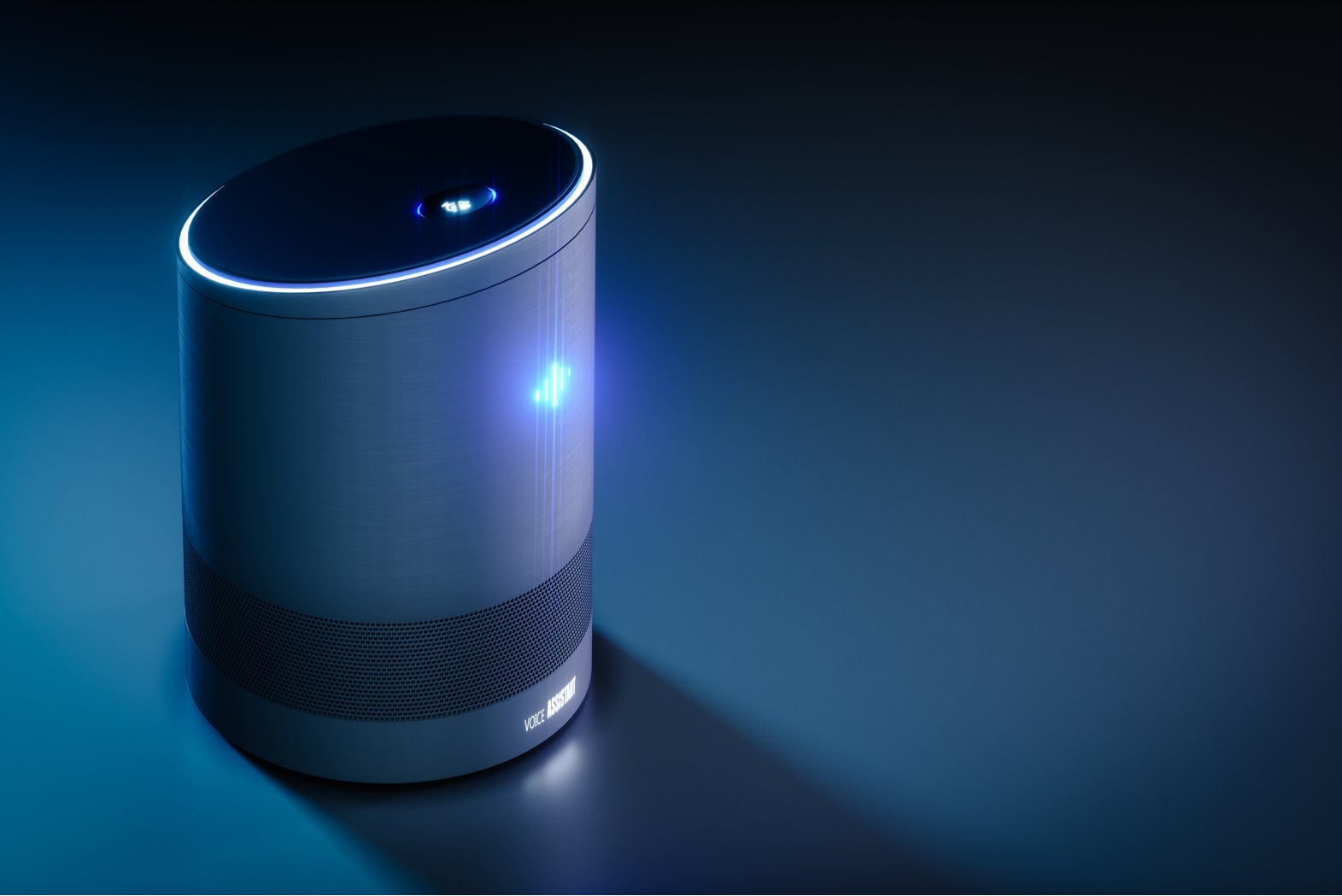
Declining prices, access to 5G and increased awareness of the benefits of home automation will see the smart home market triple in value over the next five years.
According to a new report published by GlobalData, spending on smart home devices reached $23bn in 2018 and, growing an average annual rate of 18%, the market will climb in value to $75bn by 2025.

Access deeper industry intelligence
Experience unmatched clarity with a single platform that combines unique data, AI, and human expertise.
This growth will be fuelled by the increased adoption of smart speakers, as tech giants like Amazon and Google continue to reduce the cost of their virtual assistant devices while offering increased connectivity to their users. The smart speaker segment, which accounted for 31% of sales in 2018, is expected to grow at an annual rate of 20% over the next five years.
Adoption of smart thermostat technology, which already accounts for 28% of sales, is also tipped to increase as consumers begin to recognise how the technology can be used to optimise energy usage, which in turn cuts costs and reduces environmental impact.
Cybersecurity fears are holding the smart security segment back
There is also potential for growth in the smart security segments, which has been recognised by those hoping to buy into the smart home market.
Private equity firm Hellman &Friedman, for example, paid $1bn to acquire home monitoring system supplier SimpliSafe last year, while Amazon paid a similar amount to acquire Ring, known for its smart doorbells and video camera security devices.

US Tariffs are shifting - will you react or anticipate?
Don’t let policy changes catch you off guard. Stay proactive with real-time data and expert analysis.
By GlobalDataHowever, GlobalData believes that growth in the security segment will be “steady rather than spectacular” due to lingering concerns over the vulnerability of these devices to cyberattacks.
“Automated homes equipped with multiple sensors and smart devices are attractive targets for cyberattacks”, the report states.
Last year it was found that the number of botnet attacks (when a large number of compromised devices are used to carry out malicious activities such as distributed denial-of-service attacks or the mass delivery of spam) involving IoT devices had doubled.
Governments are beginning to address this issue, though. The UK introduced a code of practice designed to help manufacturers improve the security of their internet-connected products in October 2018.
While following the UK’s code is voluntary, California has gone a step further by introducing new cybersecurity laws that force manufacturers to build “reasonable” security features into their smart devices that protect against “unauthorised access, destruction, use, modification, or disclosure”.
Read more: History of IoT: From idea to an industry approaching $1tn







